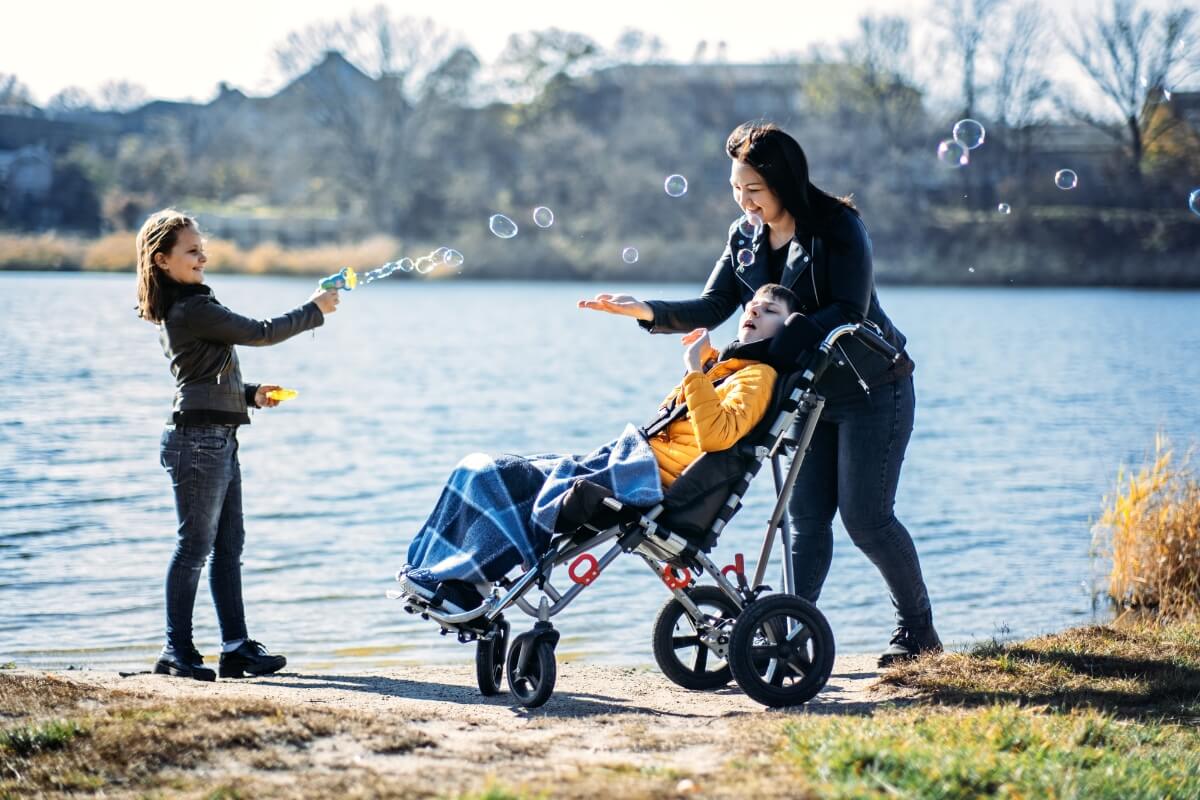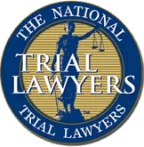
Cerebral palsy is a condition that affects many children and families in Illinois. Unfortunately, many parents have trouble recognizing the signs and types of cerebral palsy, which can keep their children from starting treatment when it is most effective. If you suspect your child has cerebral palsy from a birth injury, knowing what to look for can help you get them the help they need.
What Is Cerebral Palsy?
Cerebral palsy is the collective term for a group of neurological disorders that affect people’s movement, muscle tone, and posture. The disorder is usually the result of abnormal brain development or damage to the developing brain, often before or during birth.
In many cases, cerebral palsy stems from medical errors such as oxygen deprivation, untreated infections, or failure to respond to complications during labor. These preventable mistakes may meet the definition of medical malpractice, meaning patients with cerebral palsy birth trauma or their parents can take legal action to recover compensation.
The 5 Types of Cerebral Palsy
According to the National Institutes of Health, the five types of cerebral palsy are:
- Spastic Hemiplegia – This type of cerebral palsy primarily affects one side of the body, typically the arm and hand, and occasionally the leg. Children with spastic hemiplegia may have difficulty with movement on that side. Speech delays can also occur, though they vary from case to case.
- Spastic Diplegia – This type of cerebral palsy causes muscle stiffness that mostly appears in the legs, while the arms and face are typically less affected. Most children with this form have normal cognitive and language abilities. Some patients may require braces or other supports to walk due to tight leg muscles.
- Spastic Quadriplegia – Spastic quadriplegia is one of the most severe types of cerebral palsy, causing significant stiffness in all four limbs and weakness in the neck muscles. Children with this form usually cannot walk and often struggle with speech. Intellectual and developmental disabilities are also common.
- Dyskinetic Cerebral Palsy – Children with this type of cerebral palsy experience involuntary, jerky, or slow movements in their arms, legs, face, and tongue. This medical condition can affect posture and coordination.
- Ataxic Cerebral Palsy – Lastly, this form of cerebral palsy affects patients’ balance and coordination. Children often walk unsteadily and have trouble with tasks that require precision, such as writing or using buttons.
How Cerebral Palsy May Be Linked to Birth Injuries
Cerebral palsy often happens because of a birth injury or poor medical care during pregnancy. For instance, some babies develop cerebral palsy because their brains do not get enough oxygen during labor or delivery. In other cases, doctors or nurses fail to notice signs of distress, delay emergency C-sections, or improperly handle delivery tools. When these mistakes happen, the baby’s brain can suffer damage that leads to cerebral palsy.
How a Birth Injury Lawyer Can Help
If you suspect your child’s cerebral palsy was caused by a brain injury, the legal team at Salvi, Schostok & Pritchard P.C. can help. Our Chicago cerebral palsy lawyers can investigate whether a preventable medical mistake during labor or delivery caused your child’s condition.
Our team works with medical experts to uncover the truth and construct a robust case. If your doctor or another healthcare provider acted negligently, we can fight to secure the compensation your child needs for therapy, medical care, and a better future.
You do not owe us any fees unless you recover compensation on your behalf, so call now or complete our contact form for a free case review.







